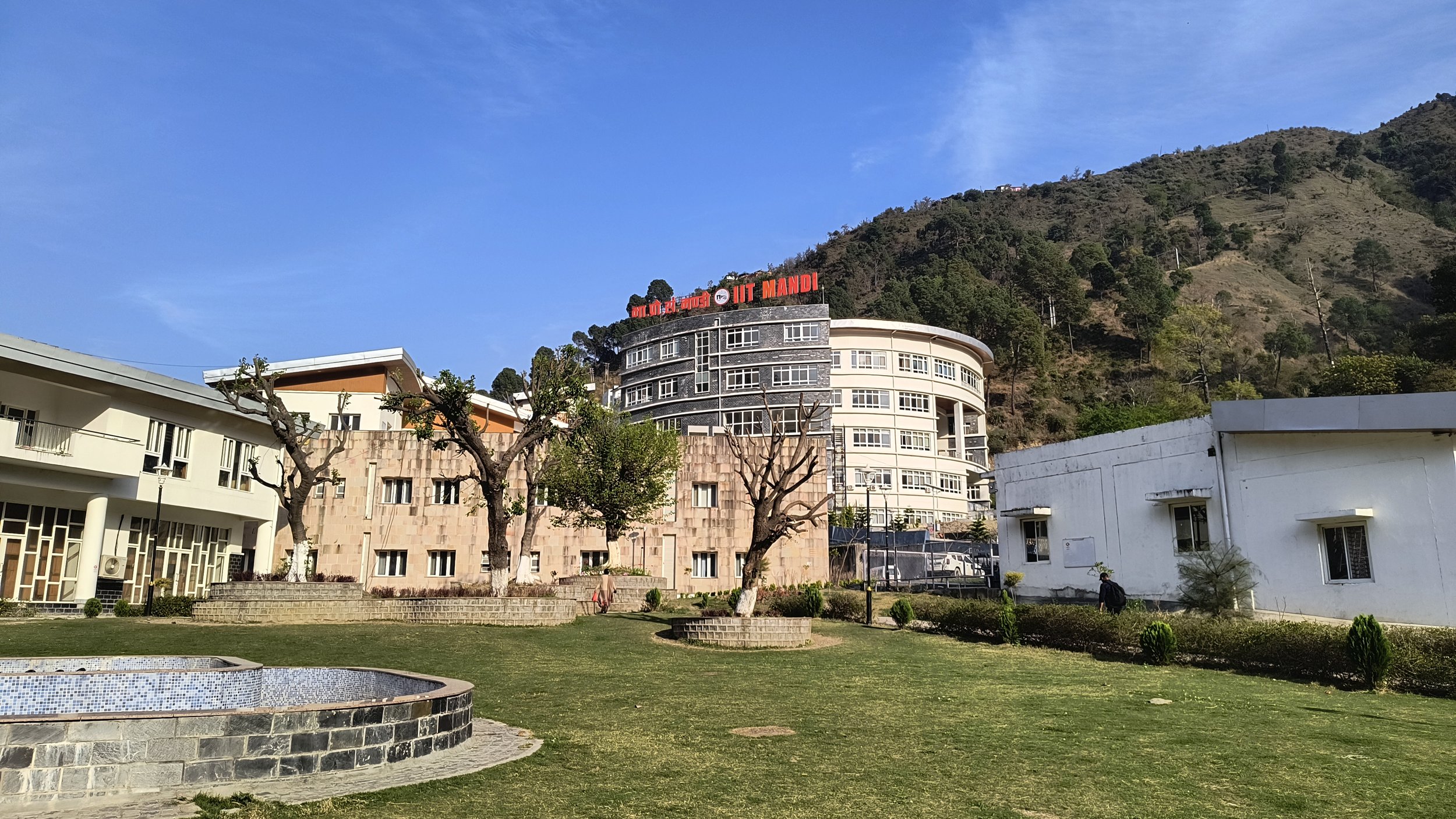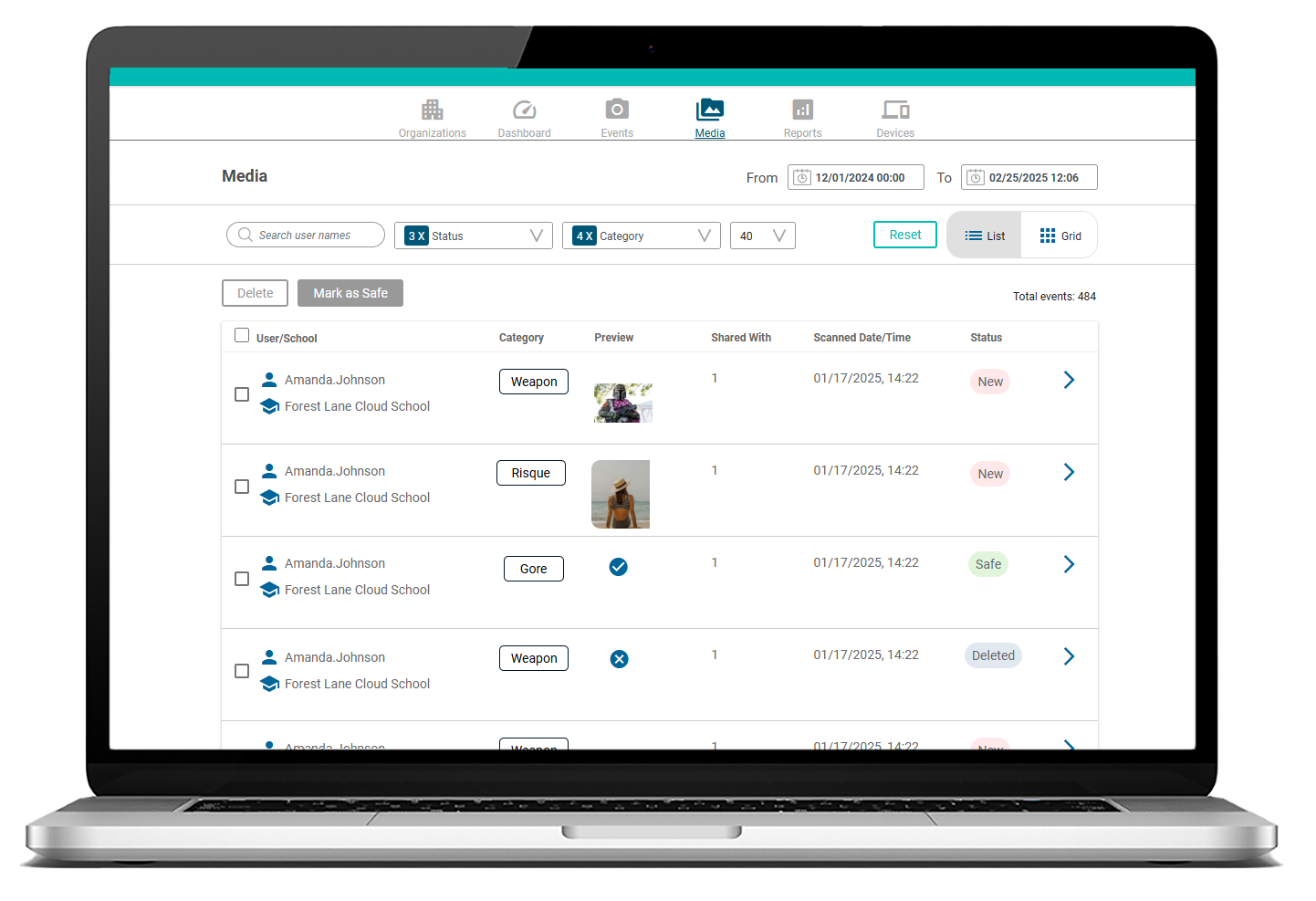MN8 energy completes Dry Bridge Solar facility to power Brown University’s net-zero goals
MN8 Energy has completed the Dry Bridge Solar facility in North Kingstown, Rhode Island, marking a significant milestone in Brown University’s efforts to achieve net-zero greenhouse gas emissions by 2040.
The project, developed in partnership with the university, is one of the largest solar installations in the state and a key step toward advancing clean energy adoption in the region.
The facility is located on a rehabilitated brownfield site previously used for gravel and sand extraction. It comprises four co-located solar installations, each with a capacity of 10 megawatts (MW) AC, for a total of approximately 40 MW AC. Designed to maximise efficiency while minimising land use impacts, the project reflects an innovative approach to renewable energy development.
Jon Yoder, President and CEO of MN8 Energy, highlighted the collaborative nature of the initiative:
“We are thrilled to announce the completion of the Dry Bridge Solar facility, a project that provides substantial benefits to the North Kingstown community where it is situated, Brown University, and the people of the State of Rhode Island. The facility exemplifies the collaborative spirit needed to drive meaningful change.
“At MN8, we work relentlessly to help our cherished enterprise customers such as Brown University achieve their decarbonization goals by delivering innovative energy solutions that benefit site host communities and create jobs.”
The project offers environmental, economic, and practical benefits. It will significantly reduce Brown University’s carbon footprint while contributing to Rhode Island’s goal of achieving a zero-emission grid by 2030. Economically, long-term power purchase agreements secured by Brown University ensure predictable energy costs and net metering credits, mitigating market volatility and enabling the university to allocate resources more effectively.
The off-site solar facility also addresses the challenges of on-campus renewable energy installations, such as land constraints and permitting hurdles. By leveraging an external site, Brown University can meet its energy demands while preserving campus aesthetics and functionality.
Brown University President Christina H. Paxson underscored the importance of the project, stating:
“Dry Bridge is a transformative milestone for clean energy in the region and signals a significant step toward Brown’s net-zero goals. The project underscores the need to ensure the University does all it can — through our physical plant and our leading-edge environmental research and scholarship — to contribute to global efforts to seek climate solutions and combat the threats posed by climate change.”





















